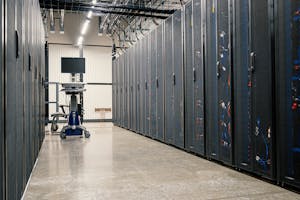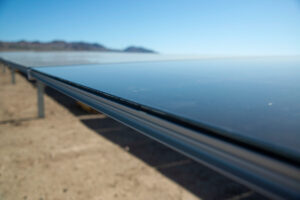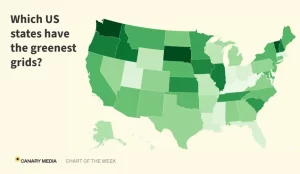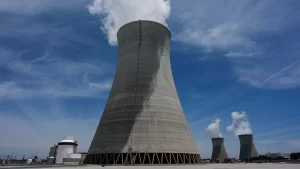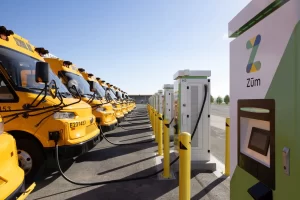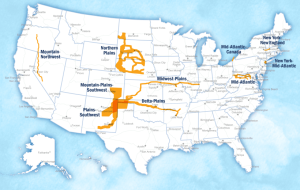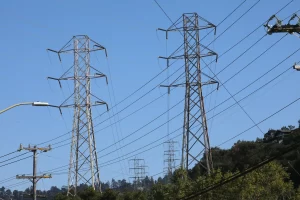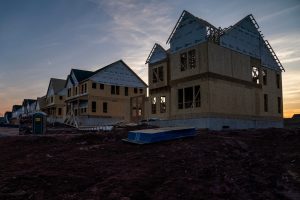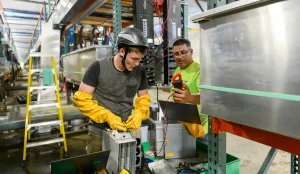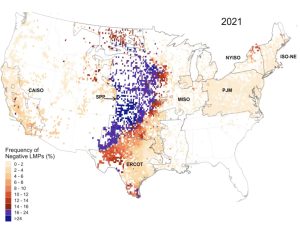Hungry for Clean Energy, Facebook Looks to a New Type of Geothermal
EcoTech Note: Here’s a good example of a “power purchasing agreement,” probably at above-market rates, whereby Facebook (Meta, Inc.) will buy power from Sage Power in Texas. Sage uses the same “enhanced geothermal” technology, borrowed from the fracking used in oil-and-gas drilling, that is used by Fervo, which is doing something similar in Nevada. These new projects are bringing down the Green Premium, with a “levelized cost of energy” (LCOE) of about $0.06/kwh. See also the promise of even better geothermal in the Quaise project in California.
Big tech companies across the United States are struggling to find enough clean energy to power all the data centers they plan to build.
Now, some firms are betting on ….

